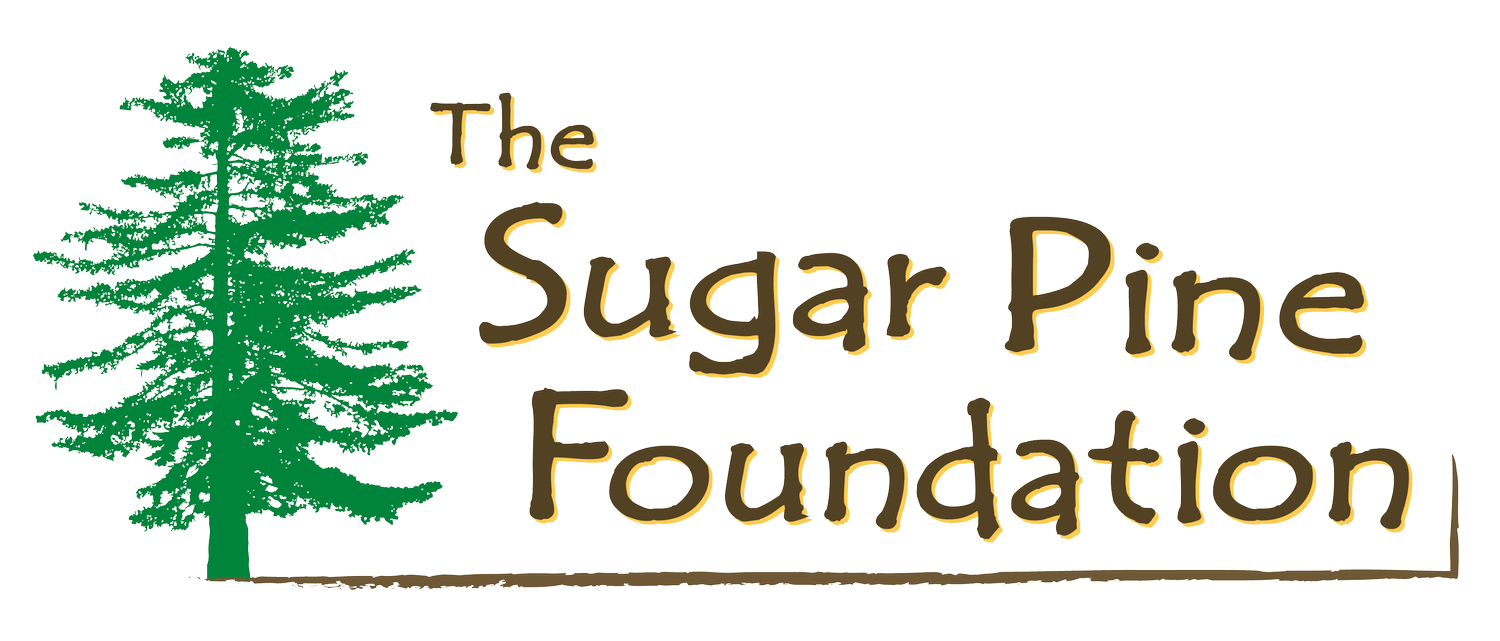Winter Wonderland News
After a summer of raging wildfires and arid drought conditions, 9 massive storms moved in from the Pacific, drenching California. There was a brief dry spell in February, then another storm with unusually cold precipitation fell in early March, dropping 6 feet of snow in Tahoe and a foot of snow even at low altitudes. Since early 2023, almost all of CA has received 400% to 600% of its typical average rainfall, according to the National Weather Service.
Climate scientists attribute these extreme fluctuations between extreme wet and dry periods to climate change. Every 1°C increase in temperature allows air to hold 7% more moisture, sucking up more water during dry periods and deluging during wet ones. A warm atmosphere also breaks down jet stream patterns, allowing cold air to move farther south than normal. While the temperature shift may seem negligible, the impacts can be immense. According to NOAA, the U.S. experienced 18 separate billion-dollar weather and climate disasters last year, leading to the deaths of at least 474 people.
So how can we help? Reducing our carbon footprint in the US is a big one. Reforestation can also help with climate change mitigation, and in turn, reducing extreme weather events. As forests grow, they remove carbon from the air through photosynthesis, working as a natural carbon sink. Currently, Earth’s forests and soil absorb about 30% of atmospheric carbon emissions. By increasing our forest cover, we can increase our carbon uptake, offset fossil fuel emissions, and help mitigate global heating.
That is why we are dedicated to reforestation and educating our youth and our community about the necessity of healthy forests and forest stewardship.
In February, the Sugar Pine Foundation participated in the South Tahoe Environmental Education Coalition’s (STEEC) field trip for South Lake Tahoe’s 8th graders at the top of Heavenly Mountain Resort. Thanks to a Vail Resorts’ EpicPromise grant for lift passes and a Tahoe Douglas Rotary Club grant for bus transportation, the 200+ students were whisked to the top of the Heavenly tram where they donned snowshoes and rotated between four interactive stations to learn about forestry, winter animal adaptations, the science of snowmaking, snowpack analysis, and about avalanche safety and rescues.
The SPF taught the students about what foresters select for and how they measure the amount and type of wood in a forest. Students learned how to tell the difference between Jeffrey pine, whitebark pine and red fir, and how to estimate the height of a tree with just a ruler or a stick.
The field trip was coordinated and executed by staff from Tahoe Regional Planning Agency, Lake Tahoe Unified School District Career Technical Education Team, Heavenly Mountain Resort, Tahoe Institute for Natural Science, Sierra Avalanche Center, Sugar Pine Foundation, U.S. Forest Service Lake Tahoe Basin Management Unit, Sierra Nevada Alliance, South Tahoe Public Utility District, and Lake Tahoe Community College. Our favorite review was from Brodie Behrendt who said, “It was a great opportunity to be able to learn about our environment outdoors instead of in our classrooms. My favorite part was learning about the native Tahoe trees, and how to measure their height. It was the most interactive station, and the presenters were fantabulous.”
Similarly, our stalwart forest guides, Maria and Carly, led hardy snowshoers on treks to Castle Rock and Echo Lake in January and February.
The Sugar Pine Foundation has been partnering with the Tahoe Rim Trail association to offer these education outings for nature lovers of all ages for the past few years. The snowshoe treks are exceedingly popular – and fun!
Thanks to all the extra white stuff, we will be able to hold one last snowshoe trek on April 8th starting at 9am at Echo Snow Park.
1458 Mt. Rainier Drive, South Lake Tahoe, CA 96150 | (650) 814-956five | admin@sugarpinefoundation.org



